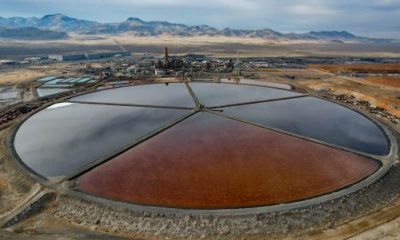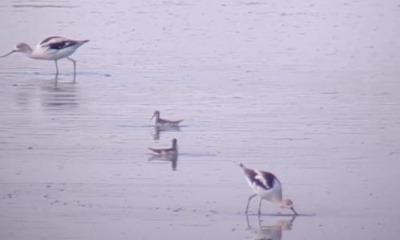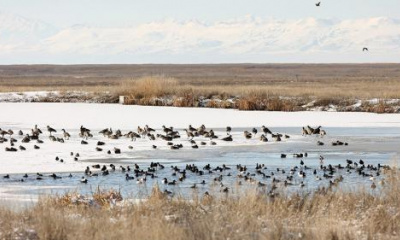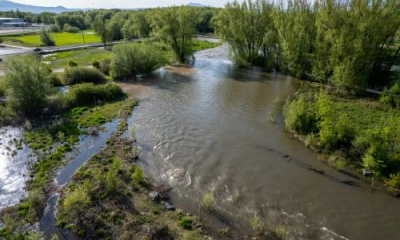OGDEN BAY, Utah — Fires were set in an effort to get rid of phragmites, a highly invasive grass that is choking wetlands along the Great Salt Lake.
Airboats maneuvered through wetlands as firefighters ignited fires. With overcast and wet conditions, the prescribed burn did not last long. But progress was made.
"It's an ongoing battle," said Karl Hunt, a spokesperson for the Utah Division of Forestry, Fire & State Lands.
A beautiful grass that grows to be as much as 10-feet tall, phragmites showed up in North America in the 1800s. But it is believed to be the historic floods in 1983 that introduced them to the Great Salt Lake wetlands.
"They most likely got here as an escapee from people’s yards," said Janice Gardner, the executive director of the Sageland Collaborative, an environmental organization.
While they have showed up all over Utah, phragmites are a particularly big problem for the Great Salt Lake, which declined to a historic low in 2022. State political leaders are trying to reverse the lake's declines and restore its watershed — including increased efforts to eradicate phragmites.
"Phragmites is an invasive species and they are very big water consumers. By eradicating the phragmites we allow the natural plants that are native to this area to take root and take back the wetlands and allow more water to infiltrate those wetlands and make its way to the Great Salt Lake," Hunt told FOX 13 News on Thursday.
Gardner, whose group supports the efforts to get rid of phragmites, said they impact the habitat for migratory birds.
"You can basically think that for every acre of phragmites is an acre that is lost as bird habitat. So these plants form this really thick monocultures, which means really dense thickets," she said. "Think of like a cornfield and the birds basically can’t probe around and find food and seeds in the mud."
Utah's Division of Forestry, Fire & State Lands said it is making progress in efforts to get rid of phragmites. Over the past decade, the agency estimates it has eliminated more 26,000 acres of phragmites from the shores of the Great Salt Lake.
To eradicate phragmites, they are treated with an herbicide and then mowed, trampled or burned. More prescribed burns are planned in the coming weeks to help get rid of them.
"I feel like this is one of the most important places we can reclaim a lot of habitat for birds, shorebirds and waterfowl at Great Salt Lake wetlands," Gardner said.









